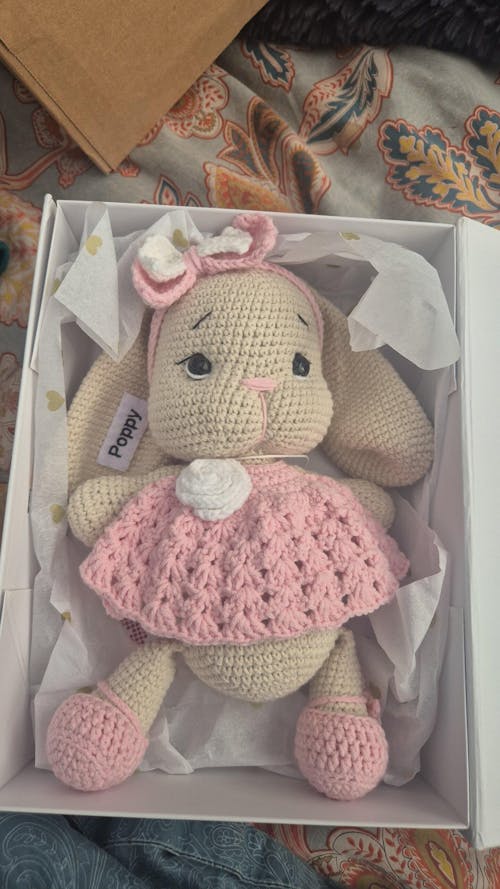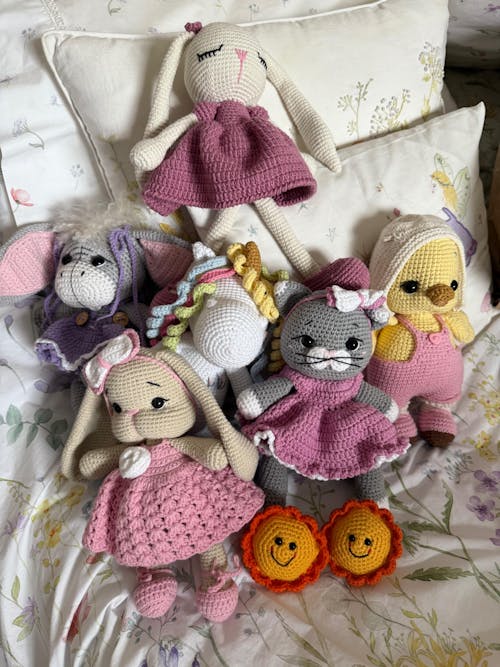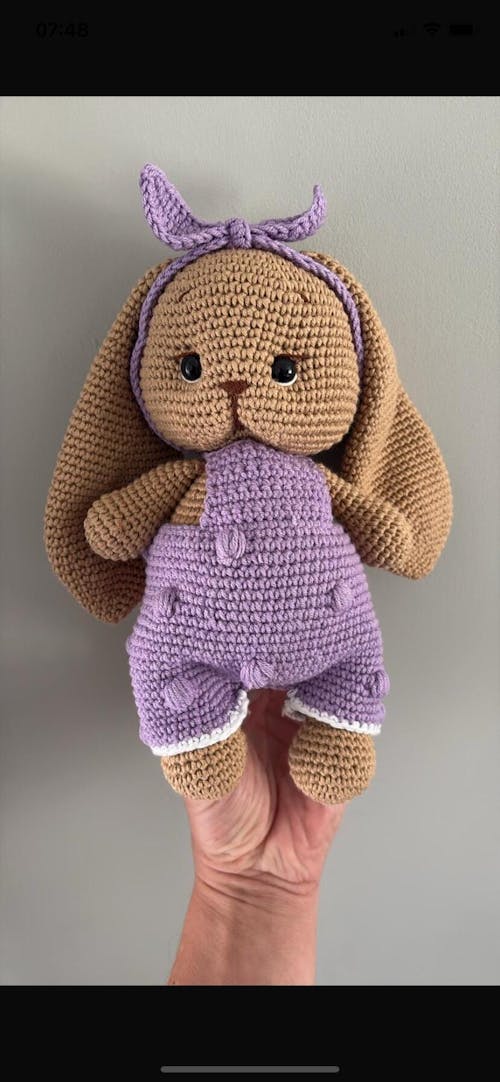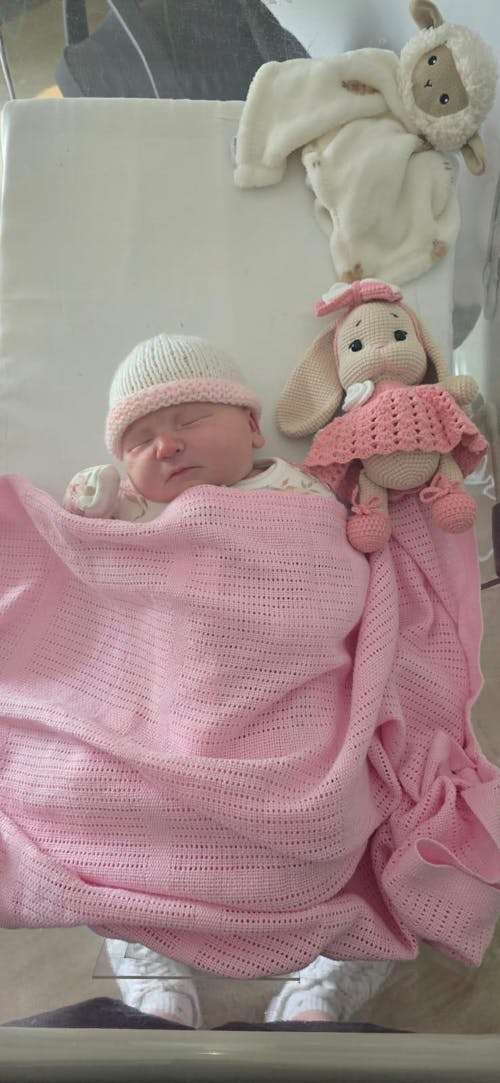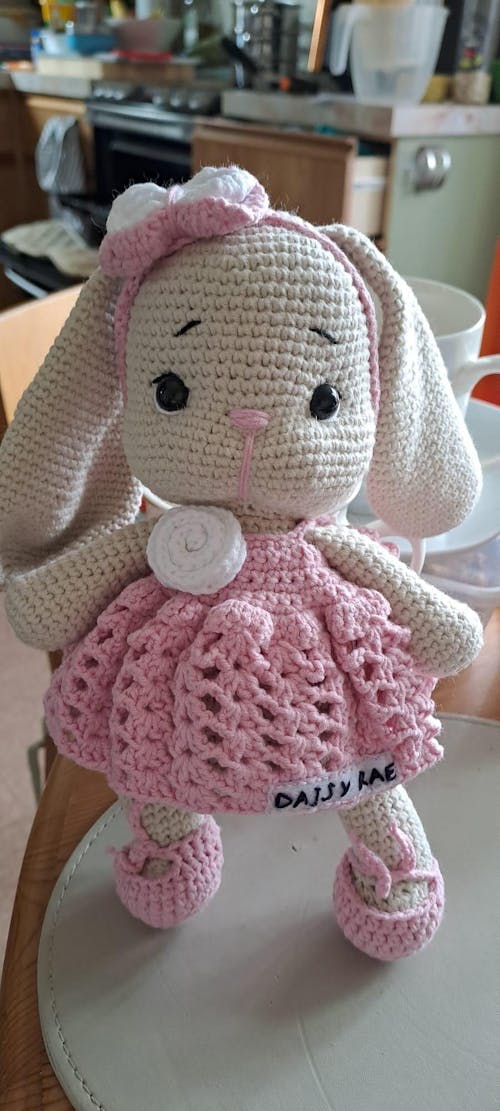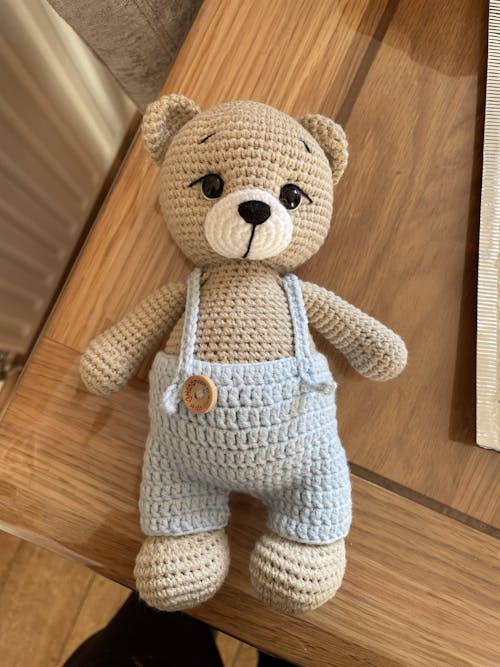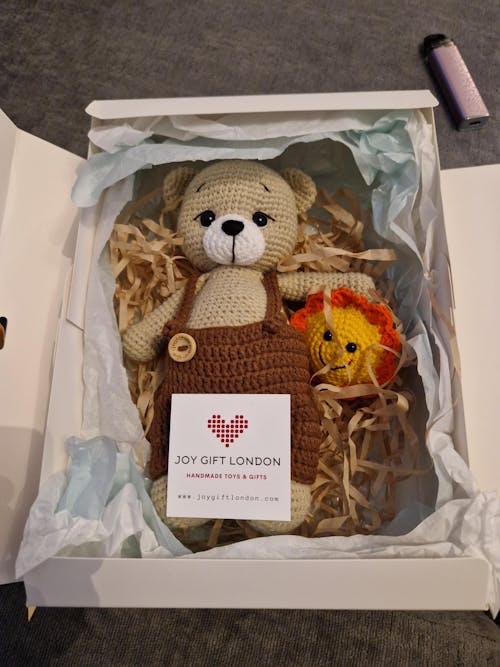The Ultimate Checklist for Certifying Your Crochet Toys Globally
Share
Introduction
As a maker of handmade crochet toys, certifying your products for international markets can seem like a daunting task. However, ensuring that your toys meet global safety standards is crucial for expanding your business and gaining the trust of your customers worldwide. This ultimate checklist will guide you through the essential steps to certify your crochet toys for global markets.
Why Certification is Important
Certifying your crochet toys guarantees they meet the safety and quality standards required by different countries. This not only helps in legal compliance but also assures parents and guardians that your toys are safe for their children.
Global Safety Standards Overview
Different countries have various safety standards and certification requirements. Here’s a quick overview of key regions and their respective certifications:
- European Union: CE Marking (EN 71 standards)
- United Kingdom: UKCA Marking (EN 71 standards)
- United States: ASTM F963 and CPSIA
- Canada: CCPSA
- Australia and New Zealand: AS/NZS ISO 8124
- Japan: ST Mark
The Ultimate Checklist
1. Understand the Market-Specific Requirements
Research and understand the specific safety standards and certification requirements for each target market.
2. Conduct a Comprehensive Risk Assessment
Identify and document potential hazards associated with your crochet toys, such as:
- Choking hazards from small parts
- Sharp edges or points
- Toxic materials
- Flammability
3. Source Safe Materials
Ensure all materials used in your crochet toys are non-toxic and safe for children. Verify that your yarns, stuffing, and embellishments meet safety standards for each market.
4. Ensure Robust Construction
Make sure all parts of the toy are securely attached and durable enough to withstand normal use. Loose parts can pose significant safety risks.
5. Perform Required Testing
Testing is essential to ensure compliance with safety standards. Key tests include:
- Mechanical and Physical Testing: To check for choking hazards, sharp edges, and durability.
- Flammability Testing: To ensure the toy does not catch fire easily.
- Chemical Testing: To verify the absence of harmful substances.
You can perform some tests in-house, but for official certification, using accredited laboratories is recommended.
6. Prepare Documentation
Compile a technical file that includes:
- A detailed description of the toy
- Safety data sheets for materials used
- Test reports and risk assessments
- A Declaration of Conformity (DoC) for each market, affirming that the toy meets the relevant safety standards
7. Apply for Certification Marks
Once your toys have passed all necessary tests, you can apply for the relevant certification marks, such as CE, UKCA, ASTM, CCPSA, AS/NZS, and ST Mark. Ensure the marks are:
- Visible
- Legible
- Indelible
8. Label Your Products Correctly
Ensure that your toys are labeled with the necessary information, including:
- Manufacturer’s name and address
- Product name and batch number
- Relevant safety warnings and age recommendations
9. Stay Updated with Regulatory Changes
Regulations can change, so it’s crucial to stay informed about updates to safety standards and certification requirements in your target markets.
10. Maintain Ongoing Compliance
Regularly review and update your risk assessments, materials, and production processes to maintain compliance. Re-test your toys if you change materials or designs significantly.
Conclusion
Certifying your crochet toys for global markets is an essential step in ensuring their safety and expanding your business. By following this ultimate checklist, you can navigate the complex certification landscape and provide high-quality, safe toys to children around the world.
Additional Resources
- European Commission on Toy Safety
- UK Government Guidance on UKCA Marking
- U.S. Consumer Product Safety Commission (CPSC)
- Health Canada Consumer Product Safety
- Australian Competition & Consumer Commission (ACCC)
- Japan Toy Association ST Mark
By adhering to these guidelines and maintaining a commitment to safety, you can confidently certify your crochet toys and reach a global audience.



